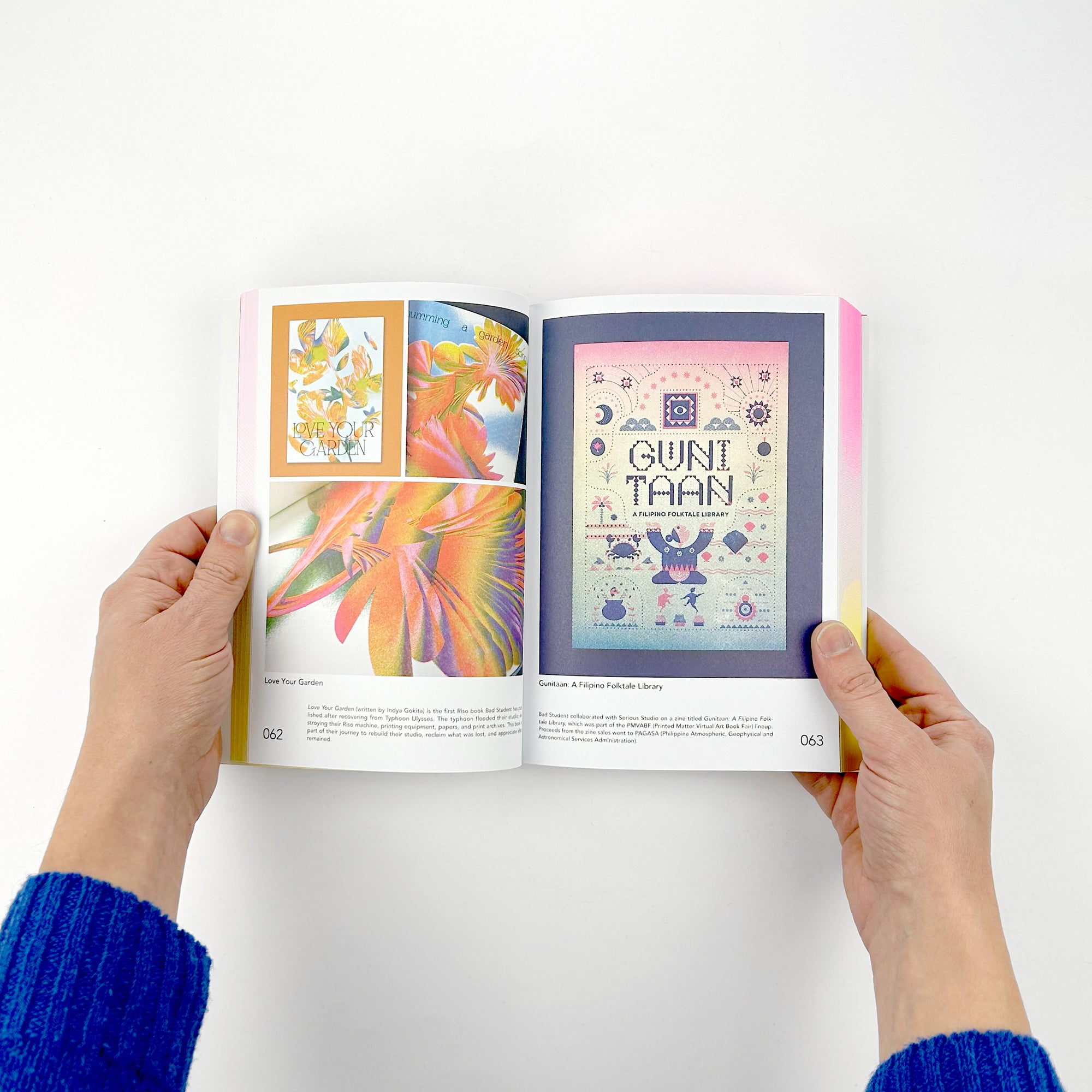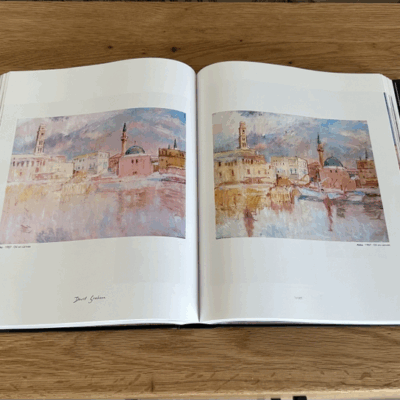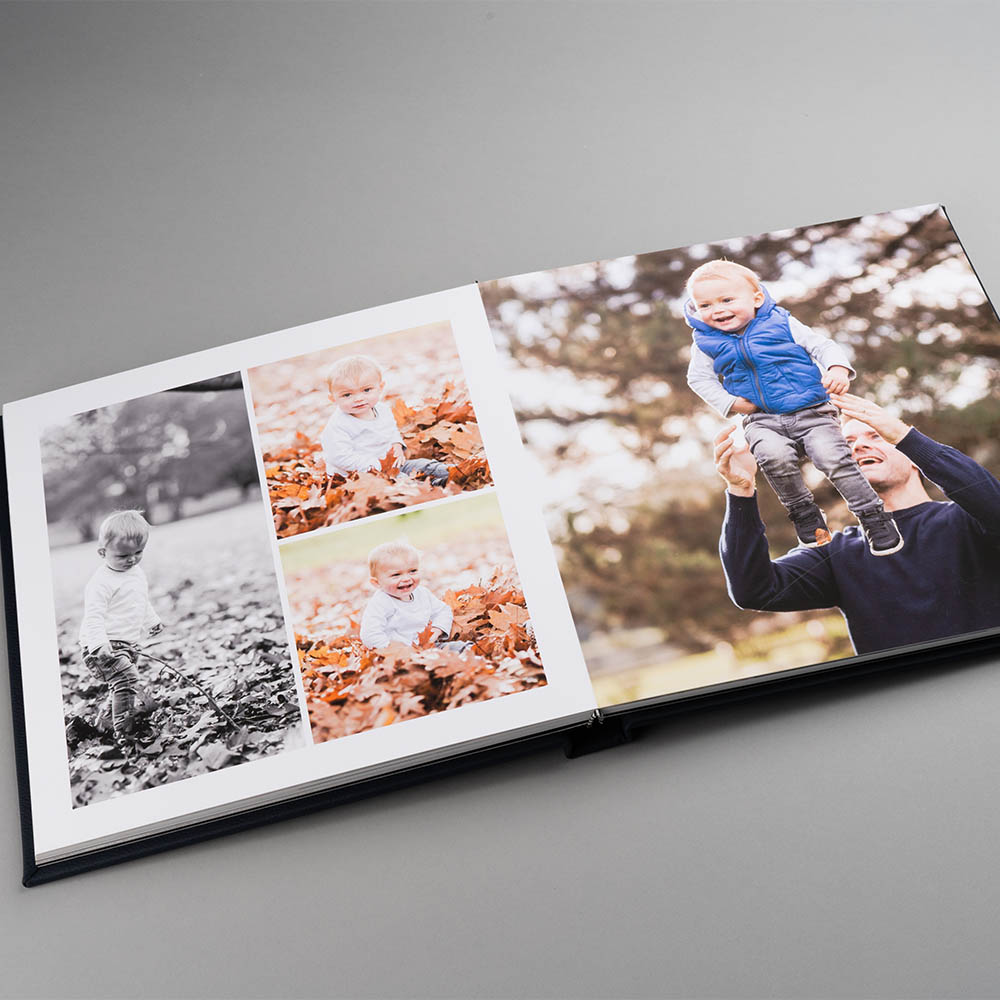What Makes a Professional art book? Discover the Core Elements
What Makes a Professional art book? Discover the Core Elements
Blog Article
Recognizing the Refine Behind Top Notch Art Book Printing for Art Lovers
When it comes to high-grade art book printing, comprehending the intricacies of the procedure can elevate your admiration for the end product. You may not realize just how vital paper option and ink options are to the vibrancy of art work. Each aspect plays a significant function in achieving the preferred result. As you check out the numerous components of art book printing, you'll reveal insights that might change your point of view on art conservation and presentation.
The Value of Paper Choice in Art Book Printing
When it comes to art book printing, the selection of paper can make or damage the end product. You want your art work to radiate, and the right paper boosts color vibrancy and detail. Take into consideration variables like weight, structure, and coating; these elements substantially impact just how viewers perceive your work.
For example, a larger supply communicates high quality and durability, while a distinctive coating can include deepness to images. Smooth paper is superb for in-depth recreations, allowing great lines and refined shades to show up crisp.
Do not fail to remember regarding the paper's brightness; a brighter sheet can help colors pop, making your art extra captivating. You'll also intend to consider exactly how the paper communicates with inks and whether it can take care of the printing process without contorting or bleed-through. Inevitably, choosing the right paper sets the phase for your art, ensuring it catches the audience's focus simply as you imagined.
Picking the Right Inks for Dynamic Reproductions
Selecting the right inks is equally as crucial as picking high quality paper to accomplish vibrant reproductions in your art book. When you're printing art work, you want colors that pop and accurately stand for the original piece. Choose for inks with a high pigment focus; these have a tendency to produce richer and much more saturated colors.
You may think about making use of historical inks, which resist fading gradually, ensuring your art book continues to be as striking as the day it was printed. If you're collaborating with photos or digitally created art, pigment-based inks can supply a larger shade gamut, enhancing detail and depth.
Don't forget the coating! Matte and glossy inks can significantly change the appearance of your artwork, so think concerning the look you're intending to accomplish - art book. Inevitably, the appropriate ink selection matches your paper selection, creating a sensational visual experience for your visitors
The Role of Shade Monitoring in Publish Quality
Shade administration plays a crucial role in achieving high print top quality for your art book. It guarantees that the colors you see on your screen convert precisely to the published web page. Without reliable shade management, your lively art work may show up plain or altered, weakening your imaginative vision.
To begin, adjust your display consistently. This step assists maintain constant shade representation. Next off, use shade accounts tailored for your printer and paper type. These profiles assist the printer in duplicating colors precisely, decreasing inconsistencies in between digital and printed variations.
When you prepare your files, consider making use of a shade area like Adobe RGB or CMYK, relying on your printer's requirements. Always evidence your work, as well; a test print can expose any potential shade problems prior to the final run. By prioritizing shade management, you protect the integrity of your art, ensuring your audience experiences it as you planned.

Recognizing Different Binding Strategies
Achieving the ideal try to find your art book goes past color administration; binding strategies additionally play a considerable role in its overall discussion and durability. You have numerous options to evaluate, each with its very own distinct attributes.
If you're aiming for a professional feel, situation binding offers a sturdy alternative with a difficult cover, ideal for showcasing your art work. On the other hand, ideal binding gives an adaptable back while keeping costs down, making it a preferred choice for softcover publications.
Spiral binding permits your art book to lay flat, which is terrific for showing photos without blockage. Meanwhile, saddle stitching is ideal for smaller pamphlets, giving a tidy finish without the mass.
Eventually, the binding method Go Here you select should reflect your creative vision and just how you want visitors to engage with your work. Make certain to weigh these options thoroughly to accomplish the most effective end result for your task.
The Influence of Print Dimension and Layout on Discussion
While the option of print size and layout may appear secondary to content, they significantly art book influence how your art work is regarded. The measurements of your prints can either boost or decrease the influence of your pieces. Larger prints can attract viewers in, enabling them to value intricate information, while smaller sized styles could need even more intimate involvement.

Preservation Strategies for Durable Art Books
To ensure your art books stand the test of time, it's necessary to apply efficient conservation strategies. Beginning by storing them in a trendy, dry atmosphere, away from direct sunshine and moisture. This avoids fading and warping, maintaining your web pages undamaged. Use acid-free storage boxes or protective sleeves to protect them from dirt and physical damages.
When handling your publications, constantly clean your hands or wear cotton handwear covers to prevent oils and dirt transferring onto the web Read Full Report pages. Avoid bending or creasing the backs; instead, use book supports when displaying them.
For included protection, consider purchasing archival-quality materials for any type of repair work or enhancements. Routinely inspect your collection for indications of wear or damages, addressing concerns promptly. By following these easy methods, you can guarantee your art publications continue to be lively and available for many years to come, protecting their beauty and value for future generations.
Collaborating With Printers for Optimum Outcomes
When you prepare to print your art book, selecting the ideal printer is vital to attaining your vision. Clear interaction about your assumptions and requirements will aid ensure that both you and the printer get on the very same page. Allow's explore how to make this collaboration as seamless and efficient as feasible.
Choosing the Right Printer

Reliable Communication Strategies
Reliable communication is important for turning your art book vision right into truth, especially when teaming up with printers. art book. Start by clearly describing your task's goals, consisting of style elements, favored materials, and any kind of particular printing techniques. Don't think twice to share your inspirations and references; this assists the printer recognize your visual
Establish normal check-ins to review development and resolve any kind of concerns. Usage visuals, like mock-ups or samples, to convey your ideas better. Be open to feedback, as printers frequently have useful understandings that can boost your task. Lastly, preserve a favorable connection by being considerate and pleased of their expertise. This partnership will assure that your art book fulfills your assumptions and beams in its final type.
Regularly Asked Questions
What Prevail Blunders to Stay Clear Of in Art Book Printing?
When printing your art book, avoid common mistakes like poor resolution photos, incorrect color profiles, and ignoring web page layout. Do not neglect to proofread and confirm details to confirm your end product fulfills your expectations.
How Does Digital Printing Differ From Conventional Printing Techniques?
Digital printing makes use of digital documents to create prints directly, enabling quicker turn-around and customization. In comparison, typical approaches include physical plates, which can be taxing and much less versatile for tiny runs or special layouts.
What Is the Common Turn-around Time for Art Book Printing?
The typical turn-around time for art book printing varies, yet you can expect it to take anywhere from a few weeks to a number of months. Elements like complexity, amount, and printing method all influence this timeline.
Can I Print a Limited Edition Art Book Economically?
You can publish a limited edition art book economically by picking affordable materials, maximizing print runs, and making use of electronic printing options. Careful preparation and budgeting will aid you attain quality without spending too much.
What Are the Ecological Considerations in Art Book Printing?
When thinking about art book printing, you should assume about eco-friendly materials, sustainable inks, and energy-efficient procedures (art book). Picking neighborhood printers can also reduce your carbon impact, making your job both gorgeous and environmentally accountable
Report this page